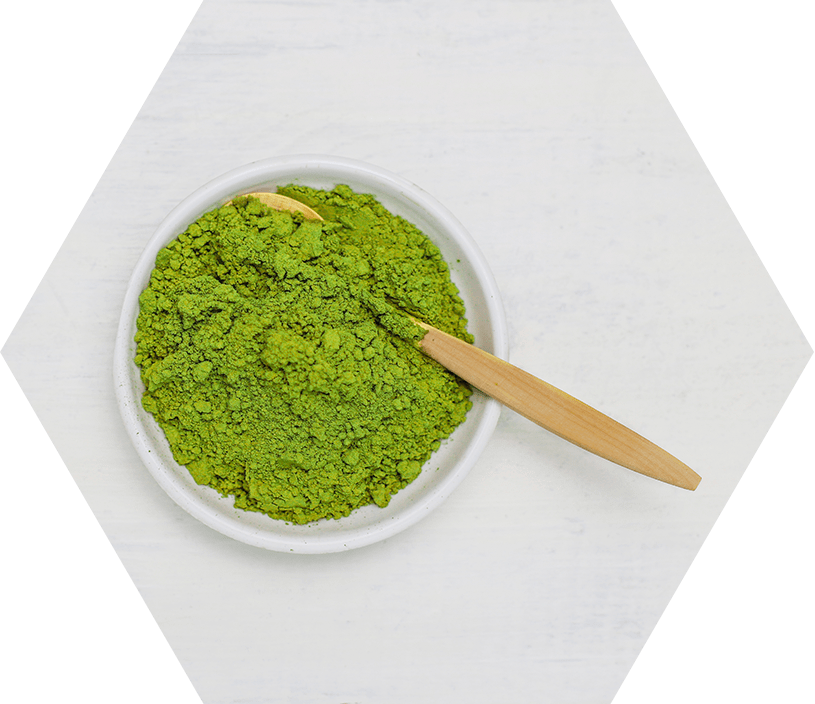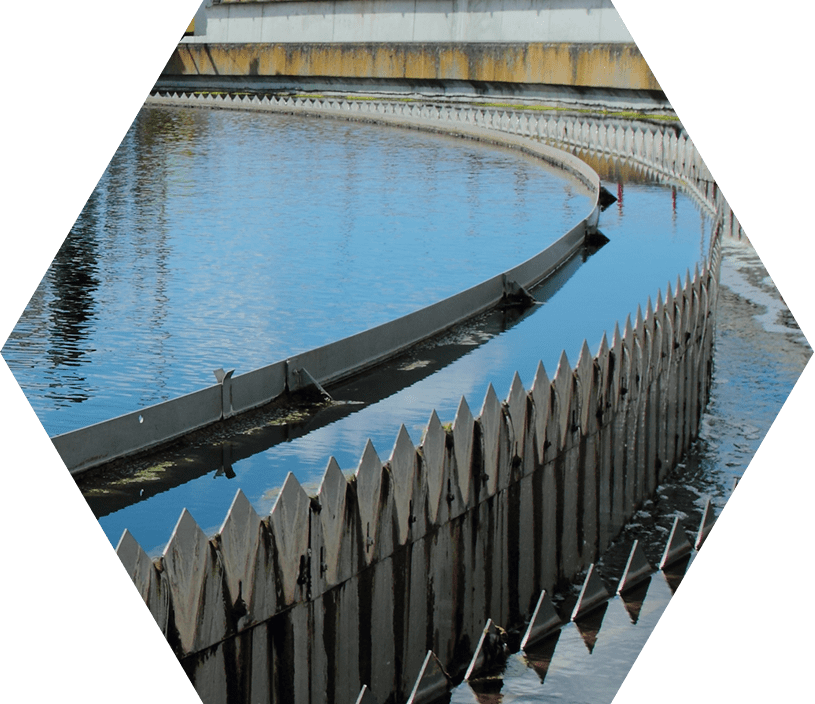Market applications
Photosynthesis is the only process using sunlight as the energy source and carbon dioxide (CO2) as the carbon source for the production of biomass. The potential of microalgae photosynthesis for the production of valuable compounds or for energetic use is widely recognized due to its high efficient utilization of sunlight energy compared with higher terrestrial plants. Microalgae can be used to produce a wide range of metabolites, such as proteins, lipids, carbohydrates, carotenoids or vitamins for health, food and feed additives, cosmetics and for energy production.
Why microalgae?
- Microalgae growth rate is 5 to 10 times faster than terrestrial higher plants.
- Simple elements are essential for growth: sunlight, CO2, and mineral nutrients like nitrogen and phosphorous.
- Carbon dioxide emitted from combustion processes can be used as a source of carbon for algal growth (1 kg of dry algal biomass requiring about 2 kg of CO2).
- Microalgae can be cultivated in seawater, freshwater, or brackish water on non-arable land, and do not compete for resources with conventional agriculture.
- Microalgal biomass grown in photo-bioreactors can be harvested during all seasons in reliable constant amounts.
- Semi-continuously harvested biomass is homogenous, genetically stable, and consistent.
- The biochemical composition of the algal biomass can be modulated by varying growth conditions resulting in secondary metabolites such as carotenoids, lipid, or starch accumulation.
- Microalgae grow in an aquatic medium, but need less water than terrestrial crops.
- Net energy production is possible.

Aquaculture Microalgae is essential for hatcheries (fish, shellfish, shrimp) since most artificial substitutes are inferior to live microalgae as feed for the critical stages in the life cycles of most aquaculture species. Demand for microalgae will go hand in hand with the expected growth of aquaculture throughout the world. Algafeed will be the source of this essential live biomass.
Chemicals / Pharmaceuticals Microalgae produce a wide array of natural products that can be used in a plethora of industries from food coloring, antioxidants, cosmetics, antifungal/anti-microbial compounds, plant immuno-stimulants, and many more. Avespa’s pharmaceutical grade indoor designed technology is ideally suited to greatly impact this industry.


Water remediation Microalgae is nature’s ultimate water scrubber. Its ability to thrive on nitrates and phosphates found in wastewater effluents is the alarming reason that the world has been experiencing so many harmful algal blooms (HABs). By applying the power of microalgae’s cleaning ability directly at the source of these contaminating nutrients, watersheds can be protected, environments restored, and ecosystems can thrive again. Avespa can source the biomass that will be required to achieve this ambitious objective of remediating water.
Agricultural feedstock With worldwide food quality standard on the rise and the evergrowing demand for organic grade food by consumers, quality animal feed and supplement need are rising. Microalgae biomass can provide essential oils and nutraceuticals that greatly enhance animal feed in the poultry industry in particular. Avespa’s technology is perfectly positioned to answer the need of this industry.


CO2 capture Like all plants, photosynthetic microalgae fixes vast amount of carbon dioxide (CO2) to grow with oxygen (O2) being released as a consequence of the carbon (C) fixation chemistry. Microalgae biomass production therefore consumes CO2 with a rule of thumb being that for every ton of biomass produced, 2 tons of CO2 is captured.



